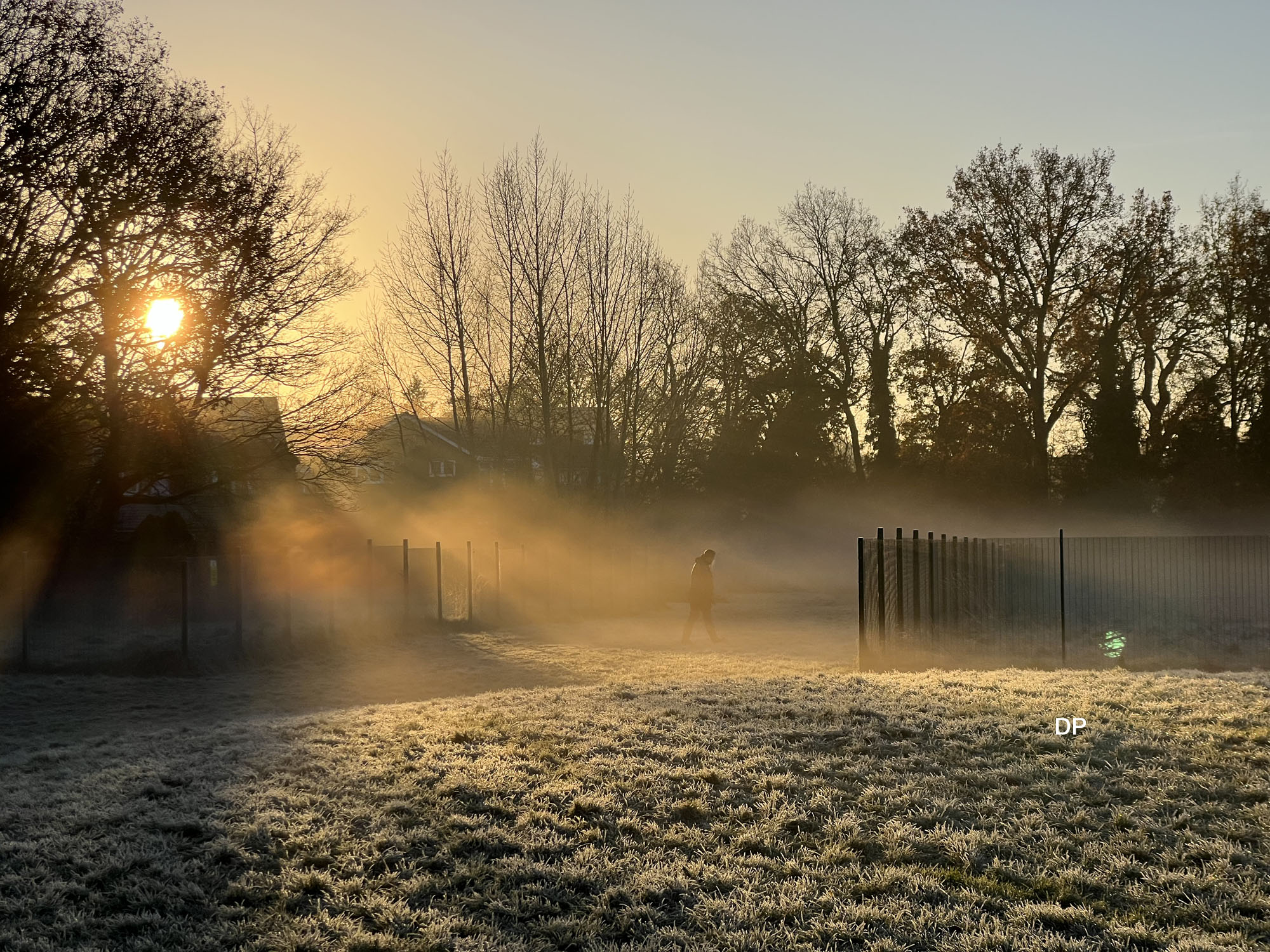‘Sticky buds’ coming into leaf, with flower buds.
Click on the left-hand image and move through the sequence using the arrow or right-arrow key

The horse chestnut, which might be thought native to the British Isles as it is so widespread,in fact hails from the Balkans and Greece and has been introduced here.
Oliver Rackham, the renowned authority on trees in the British landscape, referred to the horse chestnut as the ‘bus station tree’ as it seemed to be the species of choice for that location.
The horse chestnut (and a false acacia) in front of Chime Square above, along with some walls, are all that remain now of the St Albans bus garage which was on the site.









